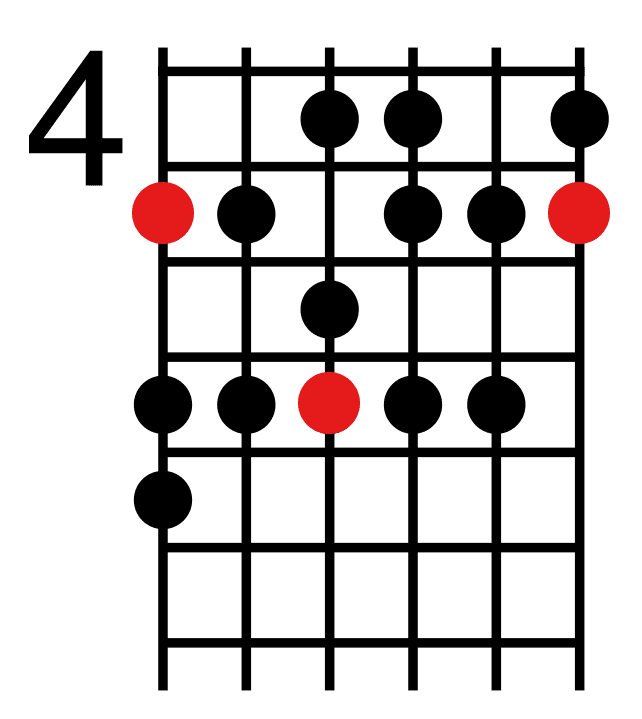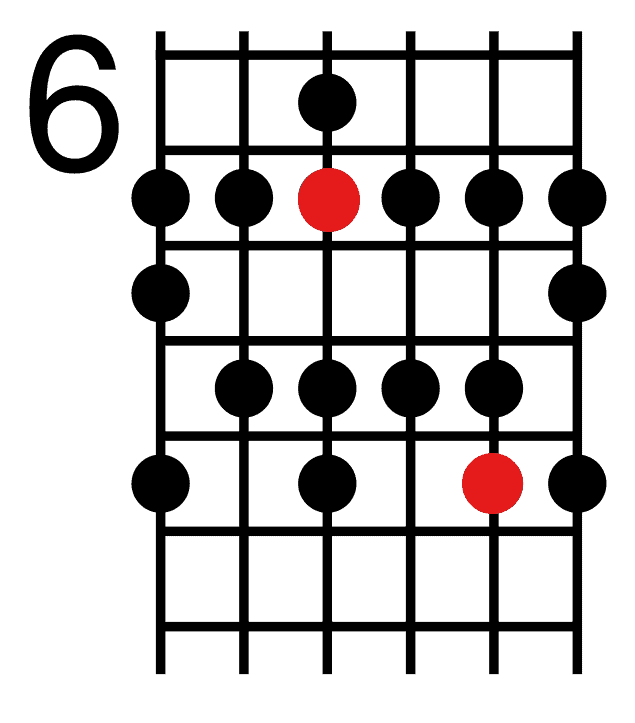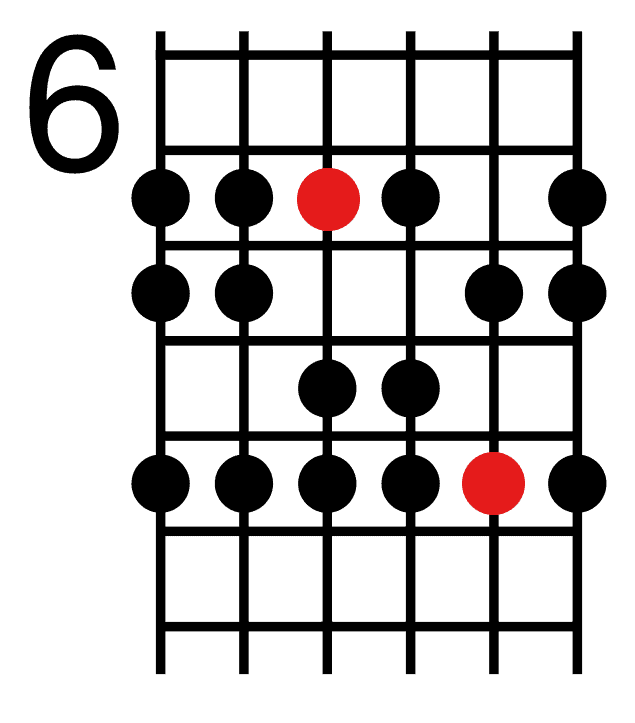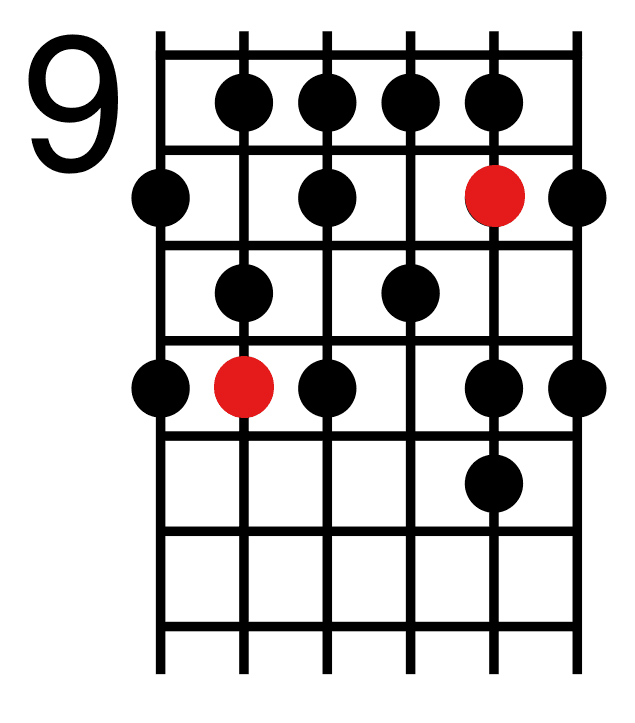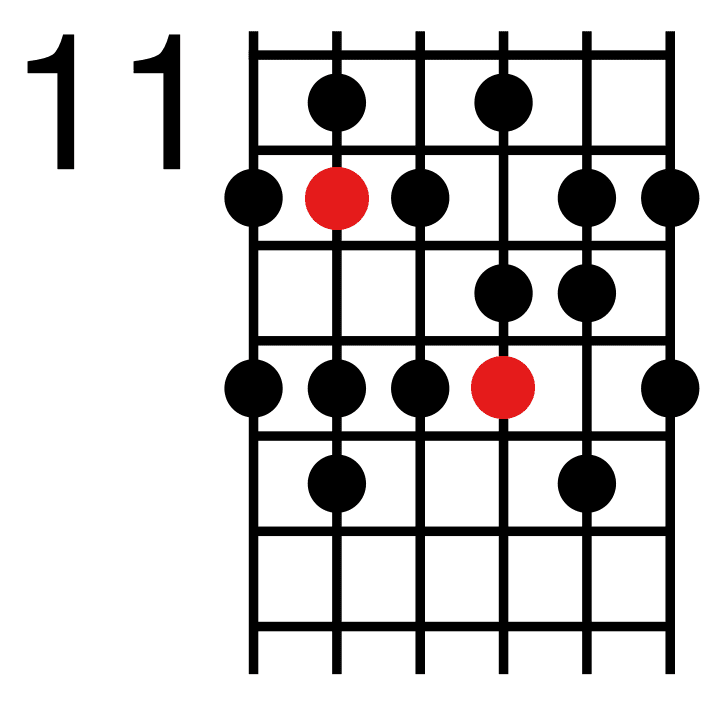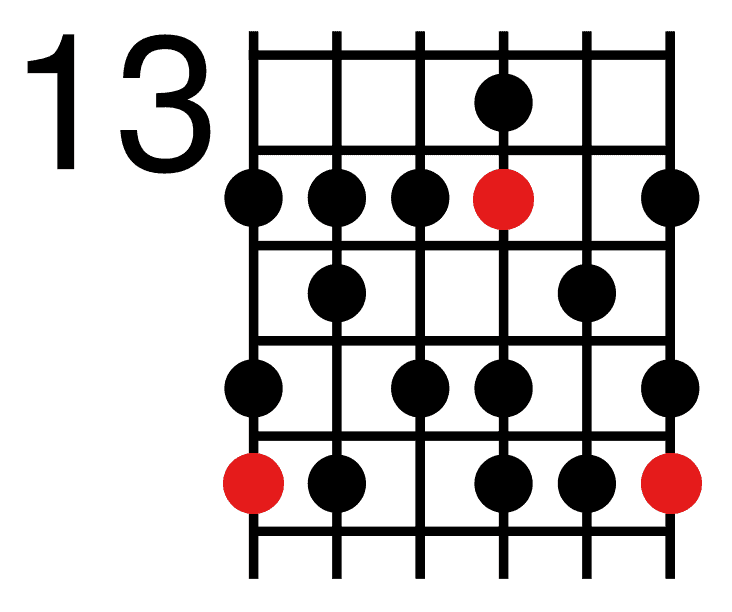The melodic minor scale is an interesting scale and not only because it’s one of three different minor scales. It has such an interesting sound to it thanks to the raised sixth and seventh intervals. But not just that, you don’t play it the same way down as you play it up, at least in classical music. In jazz, it stays the same.
This scale allows you to get really creative with, especially if you use it the way it is in classical music. If you use it to practice with, it helps your mind to think in new ways and your fingers to move in new ways. It can help you get to learn the fretboard in a more creative way because of the way it’s played.
After this article, you’ll not only know how to play the melodic minor scale on the guitar, but how to use it for exercises, and you’ll have a deeper understanding of it too.
What is the Melodic Minor Scale and How is it Different From the Other Minor Scales?
The melodic minor scale has a unique sound and also works differently to the other minor scales. In classical music, the melodic scale goes up as the melodic scale, with the raised sixth and seventh intervals. But when you come back down, you play the natural minor scale. The other minor scales go up and down the same way.
Let’s quickly look at the other minor scales since it makes it easier to understand:
Natural Minor Scale
The natural minor scale is the unaltered minor scale. It stays true to the key it’s being played in. You can easily determine the natural minor scale in two ways. My preferred method is by using the Circle of Fifths. The inside of the Circle of Fifths contains all the minor keys. You can see what sharps or flats are in the specific key you’re playing by the position of the key around the circle, almost like a clock.
The other way is by this little formula. W stands for whole note, H stands for half note (or semi-note). It denotes the intervals in the scale:
W H W W H W W
Harmonic Minor Scale
The harmonic minor scale has a raised seventh interval. In this way it’s a scale that has a note outside the key. You can still use the Circle of Fifths to determine the natural minor scale and then just raise that seventh interval of the scale by a semitone.
The pattern looks like this:
W H W W H W+H H
The last W has changed to a H because the distance between the notes have decreased by a semitone.
Melodic Minor Scale
So now that you understand how the other two minor scales work, you can easily see how to work out the melodic minor scale in any key.
Here is the pattern for the ascending melodic minor scale:
W H W W W W H
Here is the descending pattern:
W W H W W H W
The Melodic Minor Scale in A Minor
I’ve picked A because it will be easy to see since A minor naturally contains no accidentals (no sharps or flats).
Ascending:
A B C D E F# G#
Descending:
A G F E D C B
Melodic Minor Scale Shapes
In these diagrams you will see how to play the A melodic minor scale in different ways and places along the guitar neck. These shapes are moveable. Just locate the relevant root note and there you go. If you need help figuring out where the notes are, you can check out this helpful guide.
Ascending Melodic Minor Scale Shape 1 (E-Shape)
Within the CAGED system, this shape is the E shape. It’s moveable for any key you want. Just start with the root note on the E string. In this case, it’s the A in the fifth fret. All the A’s are marked in red.
Descending Melodic Minor Scale Shape 1
This shape also uses the root note in the fifth fret on the E string. Just play it backwards, from string 1 to 6. As with its melodic minor counterpart, the root for all the keys using this shape is on the low E string to start with. Again, all the A’s are marked in red.
Ascending Melodic Minor Scale Shape 2 (D Shape)
Sticking to the CAGED system, this is the D shape. The root note you use will be on the D string (4th string). I’ve started on the low E string so that you can play within the scale on all six strings, but if you want to play it starting on A, start with the first red dot.
Descending Melodic Minor Scale Shape 2
Here’s the D-shape of the CAGED system for the natural minor scale. As you can see, the starting root note if you want to just play the scale A to A is on the D string.
Ascending Melodic Minor Scale Shape 3 (C Shape)
In the C shape of the CAGED system, the starting root note is on the A string (5th string). Here the A is in the 12th fret.
Descending Melodic Minor Scale Shape 3
As with the ascending version, the starting root here is on the A string.
Ascending Melodic Minor Scale Shape 4 (A Shape)
As with the C shape, the A shape’s starting root is on the A string. But where it differs is that it uses more notes going down rather than the notes being above the root.
Descending Melodic Minor Scale Shape 4
The same goes for the natural minor scale shape 4.
Ascending Melodic Minor Scale Shape 5 (G Shape)
This scale shape is played higher up since it makes use of the second octave of the root. It can be harder to use this scale shape if you don’t have a cutaway guitar. If you want to play something that’s high pitched like this scale would be, using shape 4 might be the better option in this case.
Descending Melodic Minor Scale Shape 5
Exercises Using The Melodic Minor Scale
Here are a few exercises that use the ascending melodic scale. I’ve put the tabs in A melodic minor, but you can use these exercises in whichever key you want to. I’ve just done the ascending scale notes. These tabs are from shape 1. But you can do these exercises on any shape, just adapt them.
Exercise 1

Exercise 2

Exercise 3
Exercise 4

Conclusion
Now that you know how to play the melodic minor scale, you can truly unleash your creativity and up your game practice-wise. It’s great for versatility and it sounds cool. Improvise using the scale, making up different melodies. It’s up to you whether you want to use just the ascending scale’s notes or also make use of the descending melodic minor scale too. But you’ll hear how interesting it sounds when you use the sharpened sixth and seventh intervals.
Enjoy exploring and happy jamming!

Cheanné Lombard lives in the home of one of the new Seven World Wonders, Cape Town, South Africa. She can’t go a day without listening to or making music.
Her love of music started when her grandparents gave her a guitar. It was a smaller version of the full-sized guitars fit for her little hands. Later came a keyboard and a few years after that, a beautiful dreadnought guitar and a violin too. While she is self-taught when it comes to the guitar, she had piano lessons as a child and is now taking violin lessons as an adult.
She has been playing guitar for over 15 years and enjoys a good jam session with her husband, also an avid guitarist. In fact, the way he played those jazzy, bluesy numbers that kindled the fire in her punk rock heart. Now she explores a variety of genres and plays in the church worship group too and with whoever else is up for a jam session.

